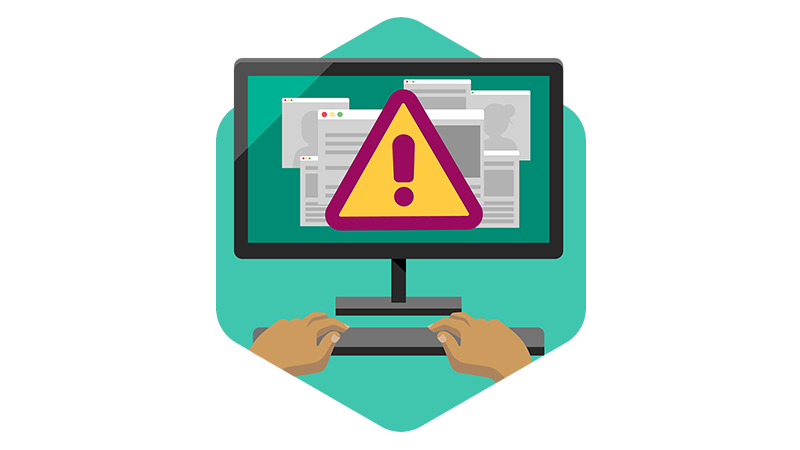The naked truth about nude selfies?
It’s a huge risk you do not have to take. And if you’re under 18, it might even be illegal under your local law.

Why do people do it?
- Wanting to impress someone or show off your body.
- Thinking that everyone does it and it’s safe.
- Being pressured to do it.
- Being sent sexual content and feeling you must send the same thing back ‘to be fair’.
- Being asked to ‘prove’ your sexual orientation.
- Worrying you’ll be teased or dumped if you don’t do it.

What could go wrong?
- Your content can easily be shared and seen by friends, classmates, teachers, family and complete strangers.
- You could be bullied or blackmailed.
- The content can end up public on the internet.
- Once content is shared it can attract sexual predators.
- Once content is shared, it might stay online forever, which could affect your future.

How do you say no?
- Tell them you really like them (if you do) but you just aren’t comfortable and need them to respect your boundaries.
- Tell them you don’t want to risk your future or a criminal record.
- Tell them to use their imagination.
- Make a joke out of it and send something funny instead.
- Talk to your friends or family and ask for moral support.
What does the law say?
Depending on your local law, sharing naked pictures could attract legal consequences. Think twice before you do any of the following:
- Share or forward a naked picture of someone under 18
- Send a naked picture of yourself, if you’re under 18
- Send or share a naked picture of anyone who has not given consent

FourFake news
Misinformation and disinformation are some of the biggest problems facing our society today. So what are they? And how can you spot them?

Misinformation
Misinformation is misleading information, either created or disseminated without manipulative or malicious intent. An example of this might be a family member sharing false information on social media without realizing it is untrue.

Disinformation
Disinformation is deliberate, often orchestrated attempts to confuse or manipulate people through delivering dishonest information to them. An example of this would be a channel that is designed to look like a news source, but which actually broadcasts untrue information to convince people to believe in its particular agenda.

Hate Speech
Sometimes people post content designed to incite hatred and violence. It might be about racism, age, disability, gender or sexual orientation and can be in videos, cartoons, audio or photos as well as words. Not all negative speech is hateful, so reflect on whether it is before reporting it.
Read beyond the headline
Have you heard of the outlet that published the article? Was it published recently? Does it provide credible sources for its claims? Does it provoke an emotional reaction in you? It may be designed to do so.

Does it look right?
Does the website look like a copycat of another trusted news source? Check the URL. Does it look suspicious? Are there ads and pop-ups everywhere? If so, it could be clickbait.

Compare and contrast
Has this story been covered anywhere else? Compare it the coverage with other news outlets you are sure you can trust. Does the reporter seem angry in the article or video? They may have a personal agenda.

Check with experts and fact-checkers
Your teachers are a great place to start. Organizations and websites also exist that fact-check news stories and viral content – research the local sites in your country.

Grooming
Sometimes people approach you online for the wrong reasons. Here’s what to look out for:

What is grooming?
- When someone tries to build an emotional connection with you in order to gain your trust – for the wrong reasons
- It could lead to them trying to sexually exploit you, or recruit you to terrorist or violent extremist causes

What could be a warning sign?
- An adult befriending you online
- Someone you don’t know showering you with flattery
- Promises of modeling jobs
- Sending gifts – like money, chocolate, clothing or religious texts
- Asking you to keep your relationship a secret

OK, so what should I do?
- Ask questions about anyone you meet online
- If you receive a sexually suggestive comment/message or request for intimate images, you can report it to the social media service
- Trust your instincts – if a situation or person is making you feel uncomfortable, speak to an adult you trust
Quick Quiz!
Can you navigate these risky situations?





